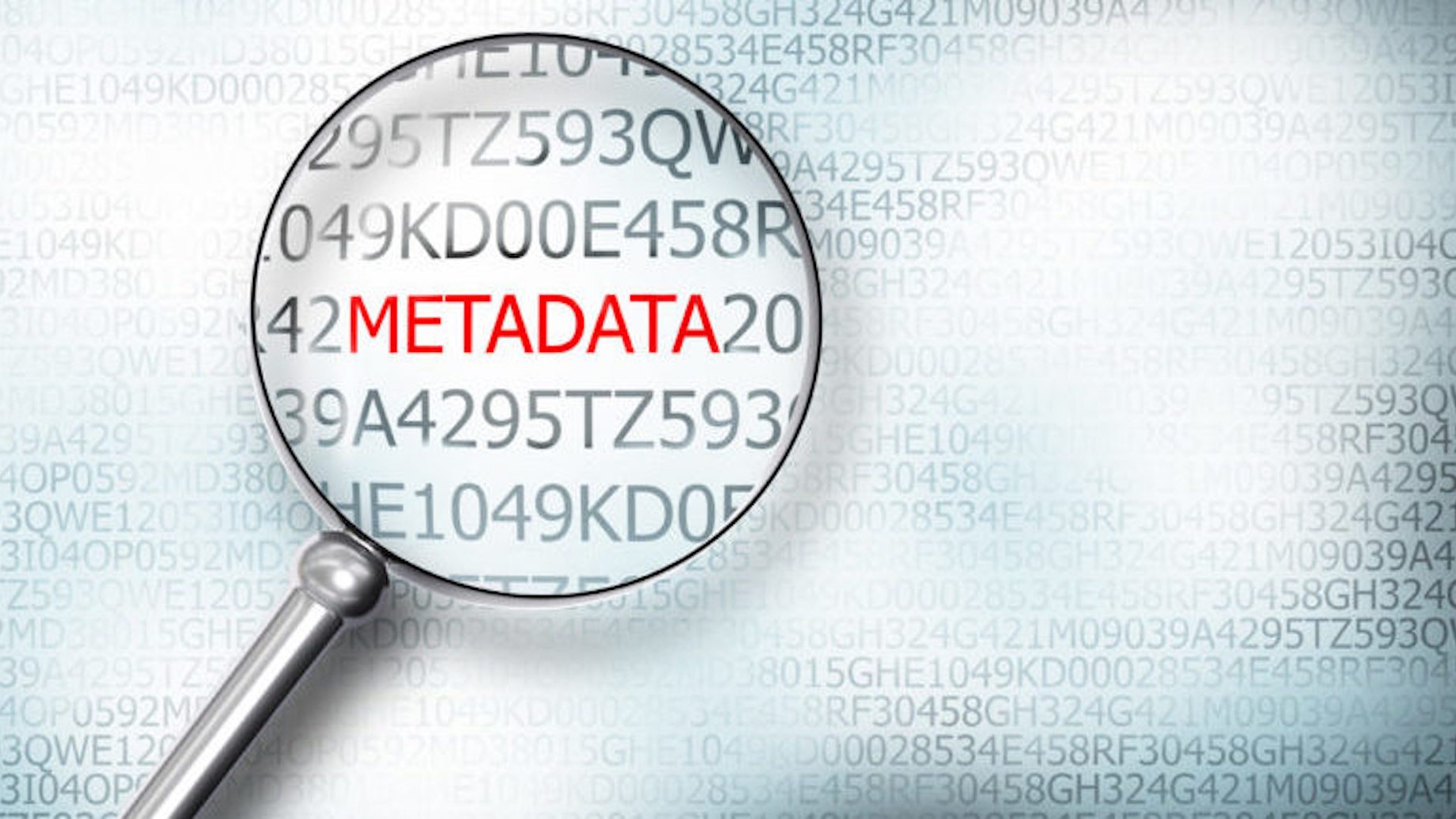Tribune Company seeks bankruptcy protection
The Tribune Company, the newspaper and television chain that publishes “The Los Angeles Times,” “The Chicago Tribune” and owns 23 television stations, filed for bankruptcy protection last week.
Less than a year ago, Samuel Zell, a Chicago real estate mogul, took control of the Tribune chain and assumed most of the $13 billion debt burden. He is now threatened by a collapse in advertising.
Zell said Tribune has enough cash to continue operating its 12 newspapers, 23 television stations, national cable channel and assorted other media holdings. The company insisted that the filing would have no effect on employees’ payroll and benefits, or on the vast majority of their retirement accounts.
The recession and the shift of advertising to the Internet have hit newspapers with the sharpest drop in advertising revenue since the Depression. Tribune’s newspaper papers were down 19 percent in the third quarter — and some major newspapers have defaulted on debt or been put up for sale, with no takers, the “New York Times” reported,
The company has cut its staff and products — deeply and repeatedly — in an attempt to stay ahead of debt payments. In May, it also sold one of its most profitable newspapers, “Newsday,” to Cablevision for $650 million.
Tribune faces more than $900 million in interest payments over the next year, and a $512 million principal payment due in June. However, the unusually heavy debt burden means Tribune’s bankruptcy is not a harbinger for the newspaper industry, “He took on a huge amount of debt at just the wrong time,” Rick Edmonds, a media business analyst at the Poynter Institute, told the newspaper.
The bankruptcy filing was a blow to Tribune employees. A note on an internal Tribune Web site said: “All ongoing severance payments, deferred compensation and other payments to former employees have been discontinued and will be the subject of later proceedings before the court.”
The professional video industry's #1 source for news, trends and product and tech information. Sign up below.
That made it apparent that employees who recently were laid off or took buyouts would join the long list of unsecured creditors.
